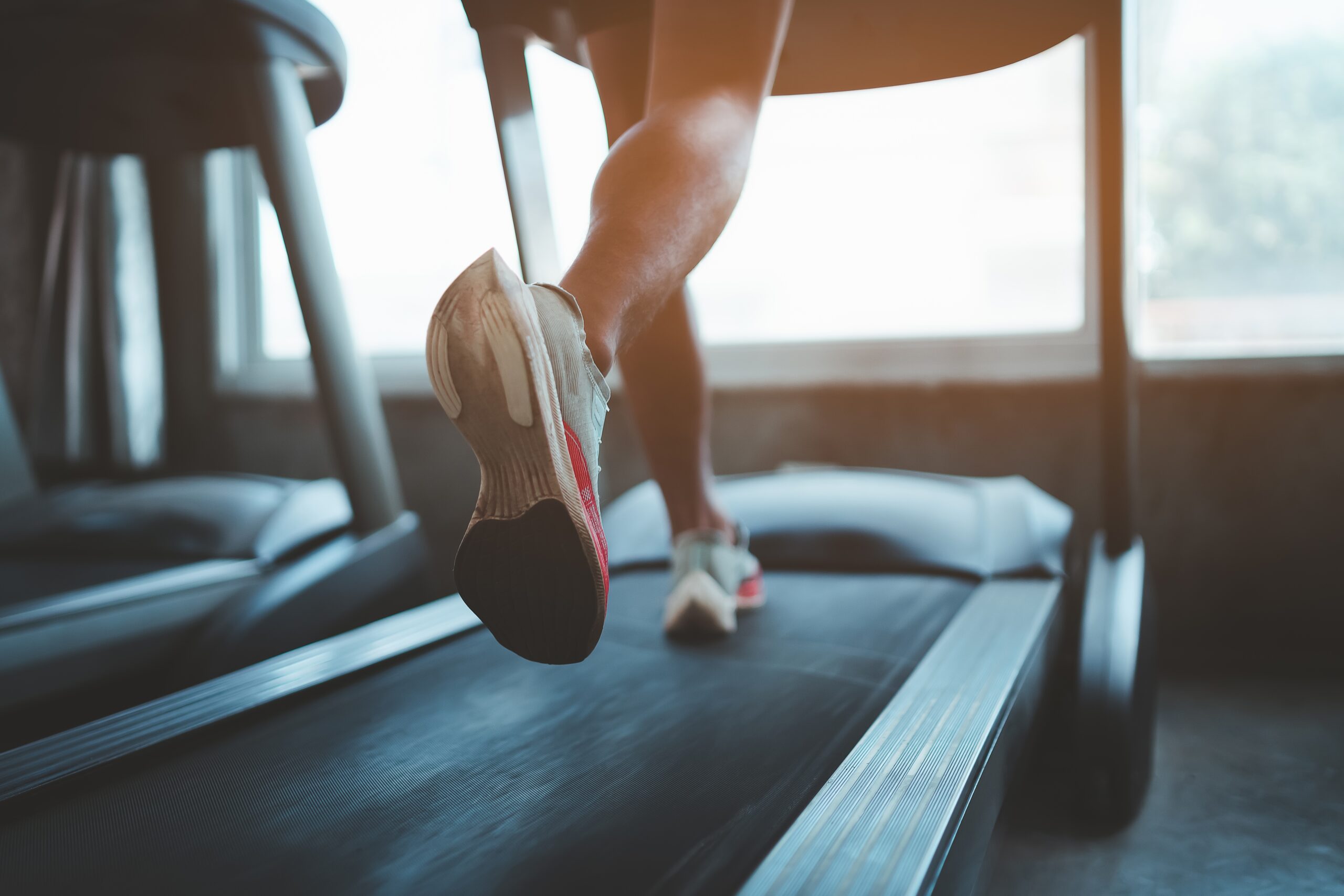Table of Contents

A simple jump rope, once a playground favorite, may be the perfect solution for adults over 40 looking to rejuvenate their fitness routines while reaping impressive health benefits for both body and mind.
At a Glance
- Jumping rope burns 400-1,000 calories per hour depending on intensity, making it an efficient exercise for weight management
- This affordable, portable exercise improves cardiovascular health, coordination, and can reduce risk factors for conditions like diabetes and hypertension
- Jump rope workouts strengthen and tone multiple muscle groups simultaneously, including legs, core, and even upper body
- Regular rope jumping can boost mental health, potentially reducing feelings of sadness and preventing depression
- Beginners should start gradually with proper form, appropriate footwear, and the right rope length for safety and effectiveness
The Overlooked Exercise Powerhouse
Many adults searching for effective exercise options often overlook one of the most accessible fitness tools available—the jump rope. Unlike expensive gym memberships or complicated workout equipment, a quality jump rope costs relatively little and requires minimal storage space. This simplicity makes it perfect for home workouts, travel, or outdoor sessions. Despite its humble appearance, jumping rope delivers impressive results, burning between 400 to 1,000 calories per hour depending on your intensity and speed, rivaling running and other high-intensity cardio exercises for calorie expenditure while being gentler on the joints when performed correctly.
The versatility of jump rope exercises challenges the myth that adults over 40 should stick exclusively to low-impact activities. When incorporated as part of a High-Intensity Interval Training (HIIT) program—alternating short bursts of intense jumping with recovery periods—jump rope workouts become especially effective for improving cardiovascular health, muscle endurance, and metabolic function. This approach allows exercisers to tailor the intensity to their fitness level while still gaining substantial benefits, making it appropriate for various ages and abilities.
Comprehensive Health Benefits
Jump rope workouts offer remarkable full-body benefits that extend far beyond simple calorie burning. Regular sessions strengthen crucial leg muscles including calves, hamstrings, quadriceps, and glutes with each jump. The continuous movement also engages your core, shoulders, and arms as you maintain proper form and swing the rope. This comprehensive muscle engagement explains why many boxers and athletes incorporate jump rope as a fundamental training component—it simultaneously builds endurance, power, and coordination while improving reactive strength.
The cardiovascular benefits are equally impressive. Regular jump rope sessions can strengthen your heart, improve circulation, and potentially reduce risk factors for serious conditions like diabetes and hypertension. The aerobic nature of the exercise increases lung capacity, allowing for better oxygen intake and improved overall endurance. For adults concerned about bone density, the moderate impact involved in jumping provides beneficial stress that can help maintain bone strength—an important consideration as we age.
Mental and Cognitive Advantages
Beyond the physical benefits, jumping rope offers significant advantages for brain health and cognitive function. The coordination required to synchronize your jumps with the rope's movement engages multiple brain regions simultaneously. Research from Asia University in Taiwan demonstrated that 10 weeks of jumping rope improved "dynamic muscular endurance," which supports stable movements and repetitive actions. This improved mind-body connection translates to better balance, spatial awareness, and coordination that can benefit daily activities.
The mental health benefits shouldn't be overlooked either. Like many forms of exercise, jumping rope triggers the release of endorphins—natural mood elevators that can reduce stress and anxiety. Regular sessions may help reduce feelings of sadness and potentially prevent depression. Additionally, the rhythmic nature of jumping rope can create a meditative effect, allowing practitioners to enter a flow state that calms the mind while energizing the body. This combination makes jump rope an excellent activity for both physical fitness and emotional wellbeing.
Getting Started Safely
For beginners, especially those over 40, starting a jump rope routine requires some preparation. First, invest in a quality rope of appropriate length—when standing on the middle of the rope, the handles should reach your armpits. Wear supportive athletic shoes with cushioning to absorb impact, and consider using a jump rope mat if exercising on hard surfaces. Begin with short sessions of just 1-2 minutes, gradually increasing duration as your stamina improves. Focus on proper form: keep a slight bend in your knees, jump only 1-2 inches off the ground, and maintain an upright posture with shoulders relaxed.
If standard jumping becomes uncomfortable, try alternatives like step-jumping (one foot at a time) or "ghost jumping" (simulating the movement without a rope) until you build confidence. Warming up with jumping jacks can prepare your body by raising your core temperature and heart rate. As your skills improve, experiment with different jump styles or weighted ropes to increase intensity. Remember that consistency trumps intensity—regular short sessions will yield better results than occasional long workouts, especially when building this new habit into your fitness routine.
AD
Most Recent
AD
